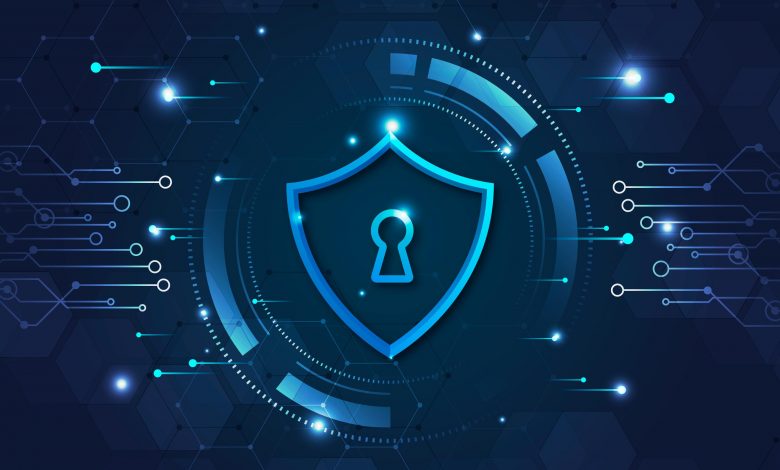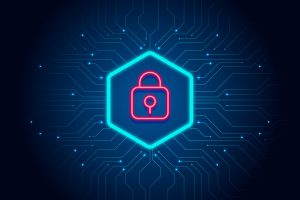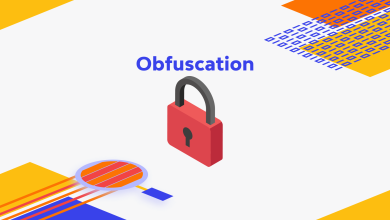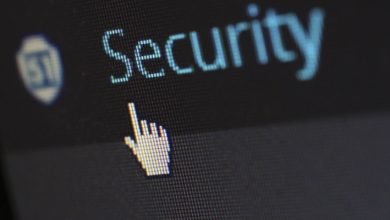Top Cyber Security Trends to Look Out for in 2021

The COVID-19 global pandemic has transformed the way businesses used to think and act. The health safety protocols that forced firms to change their operation process compelled them to step up their cybersecurity efforts to protect their systems, devices, and networks from cyber threats. Moreover, as an increasing number of companies are preparing for the idea of remote work on a permanent or semi-permanent basis, the cyber security trends are expected to take momentum further in 2021 and beyond. Before you dive in to the complexities of cybersecurity and their trends, update yourself with the latest information about cybersecurity and the cyber laws from the books written by Hazim Gaber.
Here in this blog, you will find a few cyber security trends that make a buzz in cyberscape in 2021.
Artificial Intelligence in Cyber Security
According to a recent study, the market cap of Artificial Intelligence (AI) in cybersecurity is expected to reach $14.18 billion by 2025. Three reasons make AI so significant in cybersecurity.
- It helps in proactive threat reduction for constant surveillance and adaptation to security vulnerabilities.
- AI allows users to receive security alerts in real-time to initiate quick threat alleviation.
- Together with machine learning, AI can be very serviceable in preventing threats sooner than detection.
In 2021, we will see an increase in demand for Artificial intelligence in cybersecurity to protect understaffed and under-resourced security teams from cyber threats.

Cyber Security-As-A-Service Providers
Cybersecurity has emerged as one of the essential requirements for all companies working in cyberspace due to growing cyber threats. However, many companies do not have the necessary resources to manage the growing cybersecurity-related tasks even today. Last year, the workload related to cybersecurity had increased. Most companies decided to allow their employees to work remotely due to the global pandemic. Now, companies are increasingly seeking solutions to outsource information security tasks to maintain a robust security system in place.
The demand has led to the emergence of many cyber security-as-a-service (CSaaS) providers, focussing on – security operations centre (SOC) and security information and event management (SIEM) systems services.
SOC are places where security monitoring, analysis, and threat response are carried, while SIEM technology is used for bundling alerts and documenting responses for future use.
SaaS are cost-effective, scalable, and effective in digital transformation.
Extended Detection and Response
Extended Detection and Response (XDR) combines multiple security products into a single security operating system. Also known as SaaS-based threat detection and incident response tool. XDR gives a comprehensive picture of the threats across the cyberscape and assists companies to act more than the typical detective controls.
Benefits of XDR:
-
- Real-time delivery of information needed to thwart attacks leading to faster and better outcomes
- Delivering improved protection, detection and response capabilities
- Increased productivity of the operational security personnel
- Effective detection and response against lower costs.
Secure Access Service Edge
Secure Access Service Edge (SASE) is a security framework to facilitate a safe and fast transition to a cloud environment. It guarantees secure access of data and services to users and devices from anywhere and anytime.
With an increasing number of companies choosing cloud environments, dynamic edge capabilities delivered as and when required is the need of the hour. SASE connects networking and network security in a single cloud-delivery offering. This security framework meets the requirements of digital business transformation, workplace movement and advanced computing.
Cyber Security Training
Due to partial decentralisation of work culture and remote location work, 2020 saw an expected increase in data violations, cyber crimes and data theft. These threats are compelling companies to look for solid cybersecurity solutions. Hence, in the last couple of years, the demand for cybersecurity analysts, ethical hackers, cybersecurity engineers, etc., has grown by many times.
However, due to the massive gap in demand and supply of cybersecurity professionals and experts, companies are increasingly opting to train their existing professionals.




